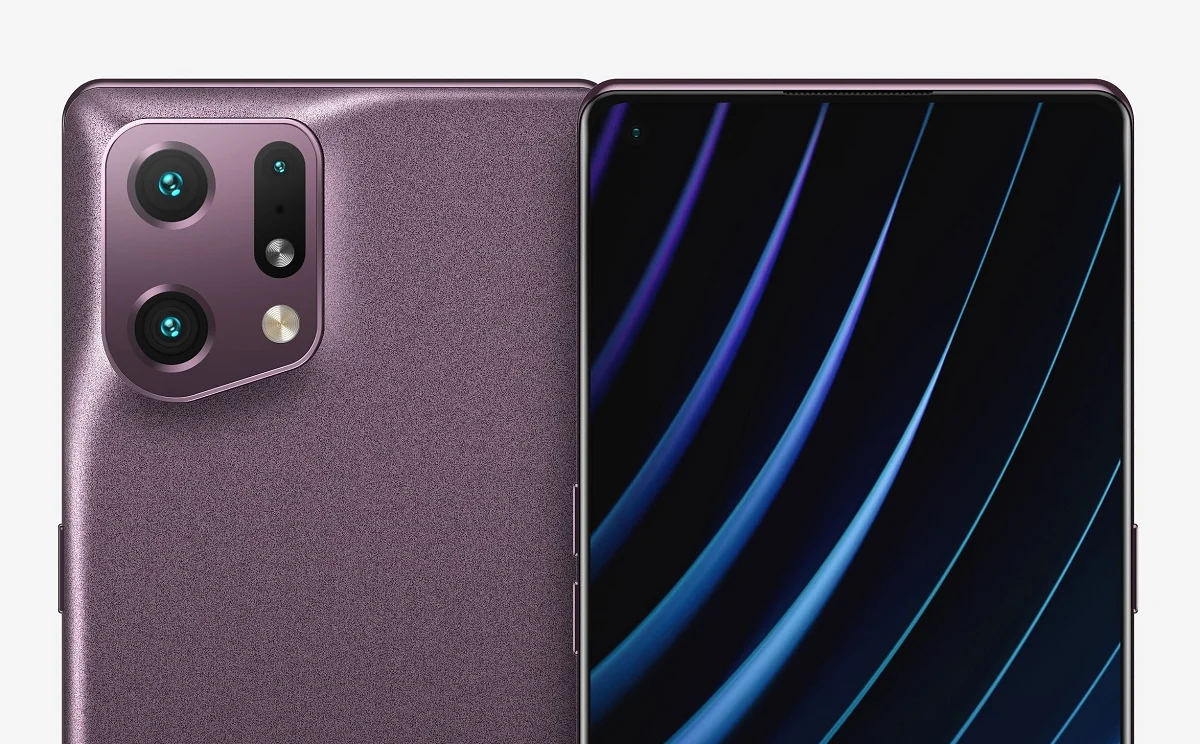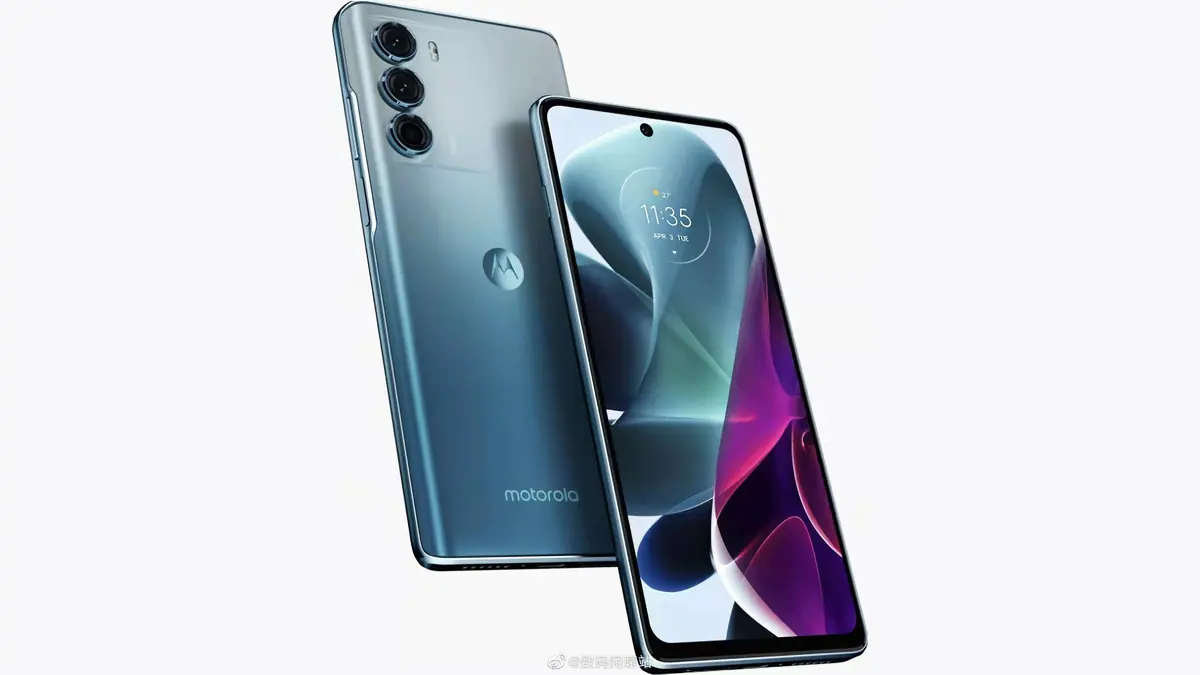Almost every phone has at least two cameras: the main one and the ultrawide one. Versatility is always welcome, but it is starting to become a concern that in mid-2024 the quality of the ultrawide is always, always, noticeably below what we see on the main sensor.
Every time I review a phone I have to say the same thing: “The ultra-wide camera provides the most versatility but the least powerful sensor.” Because? Why doesn’t the telephoto lens have that and get more love? The answer is pretty simple: cost savings.
Things you might not know about ultra-wide camera sensors
There is one important component that largely determines the final quality of photos (although the process has a lot to say about it): sensorPhones like the Google Pixel have shown for years that you don’t need a giant sensor to take good photos, but relentless progress by competitors implementing larger sensors has forced Google to take action.
That’s the key to what’s happening with ultrawide sensors: while most phones, even mid-range ones, have more than good main sensors, the ultrawide angle remains small. So why is it still small?
The ultra-wide sensor is the same one typically used in selfie cameras, which makes it inevitable that it will be small and secondary.
The interesting and incriminating fact about this is that a very common practice by the sensor manufacturers themselves is to sell the sensors. hardware that can be used for both selfie and ultra-wide angle.
This means that the ultra-wide sensor will inevitably remain very small. Without going any further, Samsung introduced the new ISOCELL JN5 this week, a 1/2.76 optical format and 0.64 μm sensor.
What are the numbers for the telephoto lens? The new GNJ, also recently introduced, is 1/1.57 inch (much closer to an inch) and has a pixel size of 1.0 μm, almost twice that.
The size of a good camera doesn’t help either
And why don’t they put bigger sensors in the ultra-wide angle? First of all, because that’s It is a secondary camera by nature. The telephoto lens that allows us to zoom often becomes much more relevant. Ultra wide angle is often forgotten except for very specific photographers who need this focal range.
On the other hand, the area under the camera module is very, very small. Phones continue to increase these modules with improvements to the main sensor and the telephoto lens (the latter is coming more slowly). Adding a wide ultrawide angle is quite complicated, at least if we want to fit the current dimensions.
A cocktail that leads us to the inevitable: Ultra-wide cameras will remain the weakest sensors on phones for many years to come.
Image | Xataka
On Xataka | Mid-range phones with the best cameras of 2024














